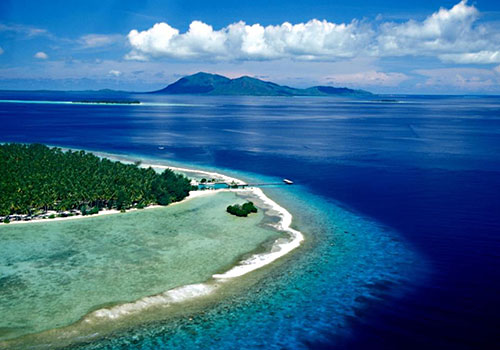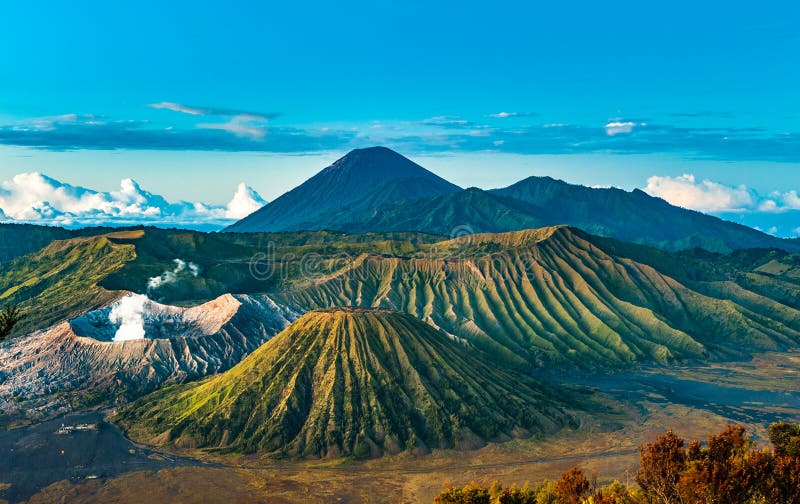
 In 1995, a programming language called Java was released and featured a steaming cup of coffee as its icon. The name has, however, left an interesting legacy in the computer programming world: Java has never been a popular name for coffee, although it’s consistently been used and most coffee drinkers are familiar with the term. “Java” Has a Legacy in Computer Programming It mimics the flavor profile of coffees that Europeans would have enjoyed in the 16s, when transporting coffee by ship from Java to Europe could take years. This creates a less acidic and mellow coffee. Some plantations age their coffees for up to three years, which is known as “monsooning” it. They’re blended with coffees from Mocha, Yemen to create Mocha-Java blends. The higher-quality coffees that come from these plantations are often used in two distinctive ways: These plantations produce good coffee that meets the standards of specialty-grade coffee. Thus, the coffees produced by these trees are usually used in lower-quality, commercial-grade coffees, not in specialty-grade coffees.įive plantations, however, still grow coffea arabica and have decent processing facilities. Liberica and robusta coffees are both more resistant to leaf rust, but their traits aren’t nearly as desirable as arabica’s. In the 1880s, coffee leaf rust decimated many of the trees on the island, and producers responded by substituting arabica lots with liberica and then robusta ones. Coffee is Still Grown on JavaĬoffee continues to be grown on Java today, and much of the island’s arabica production comes from estates that were originally built by the Dutch. Today, “java” has become a generic term for coffee and no longer refers only to coffee from the Island of Java.
In 1995, a programming language called Java was released and featured a steaming cup of coffee as its icon. The name has, however, left an interesting legacy in the computer programming world: Java has never been a popular name for coffee, although it’s consistently been used and most coffee drinkers are familiar with the term. “Java” Has a Legacy in Computer Programming It mimics the flavor profile of coffees that Europeans would have enjoyed in the 16s, when transporting coffee by ship from Java to Europe could take years. This creates a less acidic and mellow coffee. Some plantations age their coffees for up to three years, which is known as “monsooning” it. They’re blended with coffees from Mocha, Yemen to create Mocha-Java blends. The higher-quality coffees that come from these plantations are often used in two distinctive ways: These plantations produce good coffee that meets the standards of specialty-grade coffee. Thus, the coffees produced by these trees are usually used in lower-quality, commercial-grade coffees, not in specialty-grade coffees.įive plantations, however, still grow coffea arabica and have decent processing facilities. Liberica and robusta coffees are both more resistant to leaf rust, but their traits aren’t nearly as desirable as arabica’s. In the 1880s, coffee leaf rust decimated many of the trees on the island, and producers responded by substituting arabica lots with liberica and then robusta ones. Coffee is Still Grown on JavaĬoffee continues to be grown on Java today, and much of the island’s arabica production comes from estates that were originally built by the Dutch. Today, “java” has become a generic term for coffee and no longer refers only to coffee from the Island of Java. 
As the coffee trade grew, though, the term was adopted by more and more people throughout the world, and any specificity was lost. The Dutch were likely the first to use the name, and they may have used it to refer to single-origin coffee from Java. It’s not known specifically known how the term was first used. Another island they began planting coffee on was Java, and it’s from this island that the name “java” arose. They brought coffee trees to places like Bali and Sumatra, where it’s still grown today. “Java” Comes from the Island of Javaĭuring the 1600s, the Dutch introduced coffee to Southeast Asia. Still others refer to coffee’s origins and history. Others, such as “mocha” and “cappuccino,” refer to a specific beverage made with coffee.

Some, such as “espresso,” and “drip” refer to how coffee is made.







 0 kommentar(er)
0 kommentar(er)
